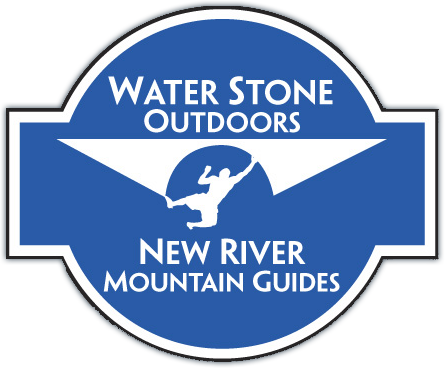Features of Common Rock Climbing Shoes
Rock climbing shoes come in many forms. The shoe that is right for you depends a lot on where you climb, the types of climbs you prefer, and the manufacturer.
The most important factor is fit. I can’t emphasize that enough. You may like the look, features, etc. of a shoe but if it doesn’t fit your foot then it is no good for you. You will suffer! So with that in mind think about what your climbing style and preferences are and try on a lot of shoes made for that purpose.
An example of shoe types are lace ups versus velcro shoes or slippers. Often the difference is simply convenience but there are other differences between these shoes. Sure you don’t have to lace up a slipper but it is usually a soft shoe with little support. This requires a tighter fit to get the intended benefits from it. Whereas a laceup shoe can be soft or have a stiff platform, and you get a more precise fit because of the lacing system.
In general softer shoes (those without any kind of midsole or stiffener) are for the more experienced climber. A beginner rock climber has not developed the necessary foot strength to be able to use a slipper for very long or get the best use from it. That is why most beginner shoes provide some support and can be tightened on the foot with either laces or velcro.
Another design difference in climbing shoes, is the last. Its shape, camber, volume, etc. all go into the design of a shoe. The last is essentially the mold that the cobbler designed and made to produce a climbing shoe with certain features and benefits. An aggresive, downturned last is designed for climbing steep rock. It is precise for toeing in on small holds on an overhanging cliff. They work incredibly well. But if you live in granite world where you climb lots of lower angle slabs there are better choices out there for you (although some claim they work for everything).
Some other examples are face climbing shoes or crack climbing shoes. A good edging shoe for less steep faces should have a decent platform to support your foot. Standing on little edges will tire out even a veteran climbers foot. These shoes often make good crack climbing shoes as well, although there is variety in crack shoes too depending on the size crack you are jamming in.
So there was an overview of some of the choices facing the rock climbing shoe buyer. My best advice is to find a climbing shop that stocks a good variety of shoes from a lot of manufacturers. Shoes from a particular manufacturer may fit you better than others. Your best choice will be the one that fits the best. You can enjoy your climbing experience with a comfortable shoe and you will probably climb better too.
And lastly, support your local climbing shop or the one that provides you with the service. Don’t try on the exact shoe you need and want and then order it online just because you can get it for five bucks cheaper. That is bad form!!! You will be ostracized from the climbing community. Shops that stock a good selection of shoes are providing YOU with a service and that costs money. If it is abused they may not be around in the future to provide it. They are probably pretty good people too with lots of good information to help you out.






